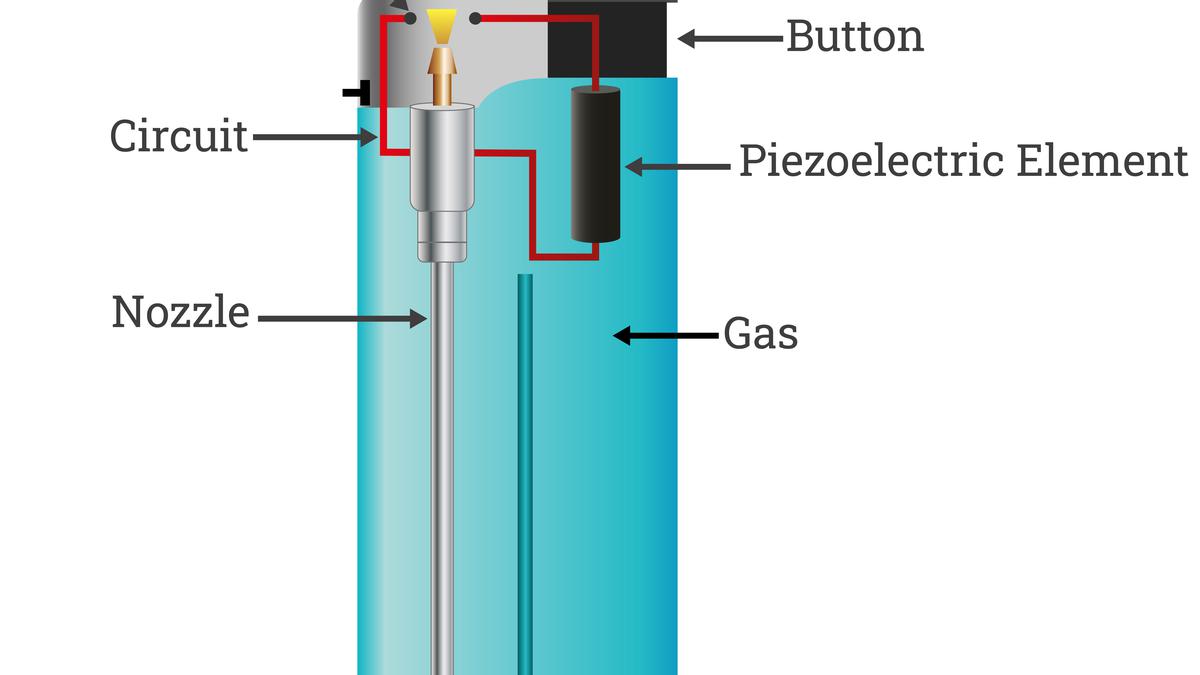Quartz watches have revolutionized timekeeping, offering exceptional accuracy and long battery life compared to traditional mechanical watches. This remarkable precision stems from a fascinating phenomenon called piezoelectricity, an inherent property of quartz crystals.
Piezoelectricity is the ability of certain materials, including quartz, to generate an electric charge when subjected to mechanical stress. Conversely, when an electric field is applied to a piezoelectric material, it induces a mechanical strain. This unique property forms the basis for quartz watches’ exceptional timekeeping accuracy.
In a quartz watch, a thin slice of quartz crystal is placed between two electrodes. When an electric current is applied to the electrodes, it causes the quartz crystal to vibrate at a precise frequency of 32,768 times per second. This unwavering vibration serves as the heart of the watch’s timekeeping mechanism.
The vibrations of the quartz crystal are converted into electrical pulses, which are then fed into an electronic circuit. This circuit counts the pulses and uses them to drive the watch’s hands, ensuring that they move at a constant rate of one second per beat.
The remarkable accuracy of quartz watches stems from the inherent stability of the quartz crystal’s vibration frequency. This frequency is unaffected by temperature changes, making quartz watches incredibly reliable timekeepers.
Piezoelectricity, the driving force behind quartz watch accuracy, is a fascinating scientific phenomenon with far-reaching applications beyond timekeeping. It is used in various electronic devices, including sensors, transducers, and actuators, making it an indispensable tool in modern technology.
